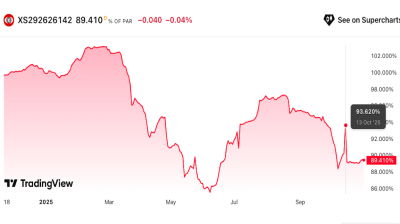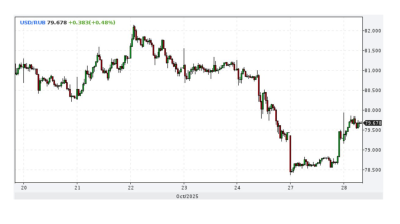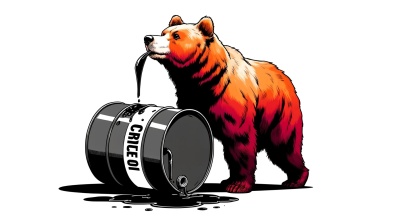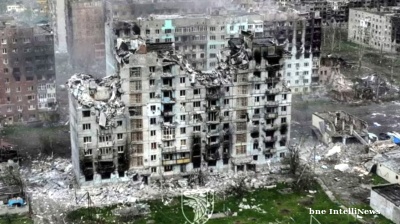Russia’s ruble jumped 6% against the euro on June 21 to a seven-year high, making it the best performing currency in the world.
By 1338 GMT, the ruble had gained 6.3% to trade at 58.75 versus the euro, its strongest point since early June 2015, reports Reuters. And the ruble was up 4.6% against the dollar at 57.47, just below the 57.0750 it traded at on June 17, its strongest level since late March 2018.
Analysts say the rate is largely artificial, as its value has been boosted by the strict capital controls imposed by the Central Bank of Russia (CBR) following Russia’s invasion of Ukraine on February 24.
The value has also been pushed up by soaring commodity prices that has earned Russia a windfall of over €100bn of payments for oil and gas exported to Europe since the war began.
The value has been lowered further by the extreme sanctions imposed by the West on Russia that has seen the volume of imports, predominantly equipment and machinery, cut in half, leading to record current account surpluses.
Some economists have dubbed the current strong ruble “Dutch Disease on steroids” as the value of the currency is being pushed up by the same commodity export inflows that pushed up the Netherlands guilder when that country began to produce gas.
The government has become concerned by the high level of the ruble and is working to weaken it back to its fair value, which economists estimate to be around RUB65-70 to the dollar. However, with the sanctions in place the authorities have fewer tools at their disposal. The so-called budget rule that automatically syphons off excess earnings to the National Welfare Fund (NWF) to sterilise them has been suspended after the West seized some $300bn of CBR reserves. Another alternative is to reduce the inflow of revenues from raw material exports.
Swimming in liquidity, the Kremlin appears to be taking advantage of its windfall to turn up the pressure on Europe and has cut gas supplies to multiple countries, either by outright cutting them off, or more recently using maintenance issues to reduce flows westward dramatically.
Storage tanks in Europe are already 58% full ahead of the heating season that starts on October 1, but experts say that if gas supplies to Europe are halted completely now there are not enough alternative sources of gas to fill tanks sufficiently to get through the next cold season without drastic action like gas rationing.
Data

Czech growth accelerates as domestic demand-side pressure builds
The Czech economy delivered an unexpected acceleration in the third quarter, marking a clear shift from its earlier position as a regional underperformer to one of Central and Eastern Europe’s fastest-growing economies.

Eurobonds of Istanbul-listed Zorlu units offer attractive yields amid rating downgrades and no default expectation
Debut paper currently offering 14-15% yield.

Ruble strengthens as sanctioned oil companies repatriate cash
The Russian ruble strengthened after the Trump administration imposed oil sanctions on Russia’s leading oil companies, extending a rally that began after the Biden administration imposed oil sanctions on Russia in January.

Russia's central bank cuts rates by 50bp to 16.5%
The Central Bank of Russia (CBR) cut rates by 50bp on October 24 to 16.5% in an effort to boost flagging growth despite fears of a revival of inflationary pressure due to an upcoming two percentage point hike in the planned VAT rates.




